With the first frost approaching, horticulture is a competition over clock. Aiming for a speedy harvesting of carrots and radishes before frost arrives, regardless of how long you’ve been cultivating vegetables or how inexperienced you are. Although a little challenging, it is completely achievable.
Every vegetable grower has experienced this frenzy at least a single time, and we can assure you that even within a brief growth opening, you may still continue to relish crispy, newly formed radishes and crunchy, flavorful carrots if you handle it wisely.
This is the “how you can do it” checklist.
1. Recognize Your Duration: (The Frost Date Is Very Important.)
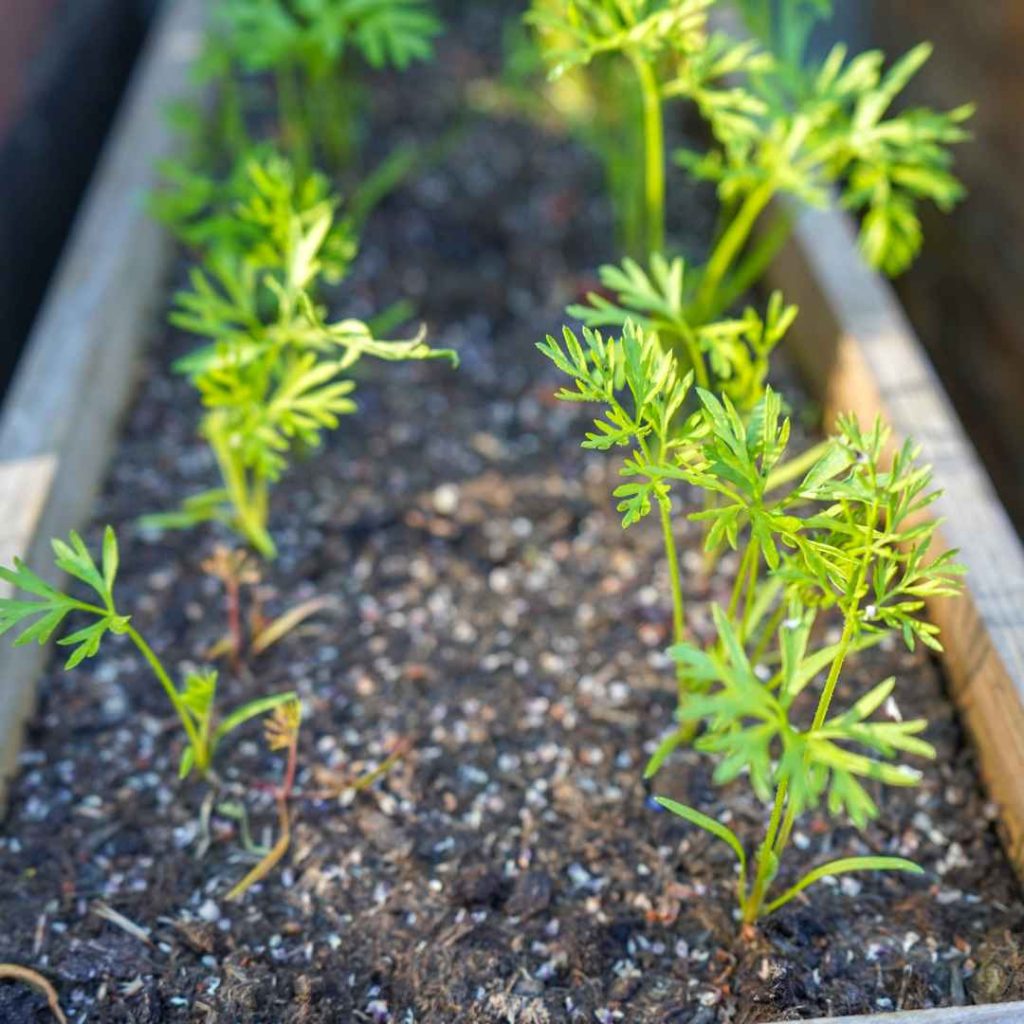
Initial things to consider: determine the typical date of your initial frost. You can use a horticultural app or do a Google inquiry for the area code you live in to determine this. Calculate backwards when you’ve determined your frost date: In as sparingly as twenty to thirty days, radishes can reach maturity.
Carrots: Although several earliest cultivars are quicker, these typically take between fifty and seventy days. You should be able to get a minimum of a few radish yields and baby carrots if you have a few weeks to spare before the next frost.
2. Select The Correct Types: (Speeding Is Crucial).
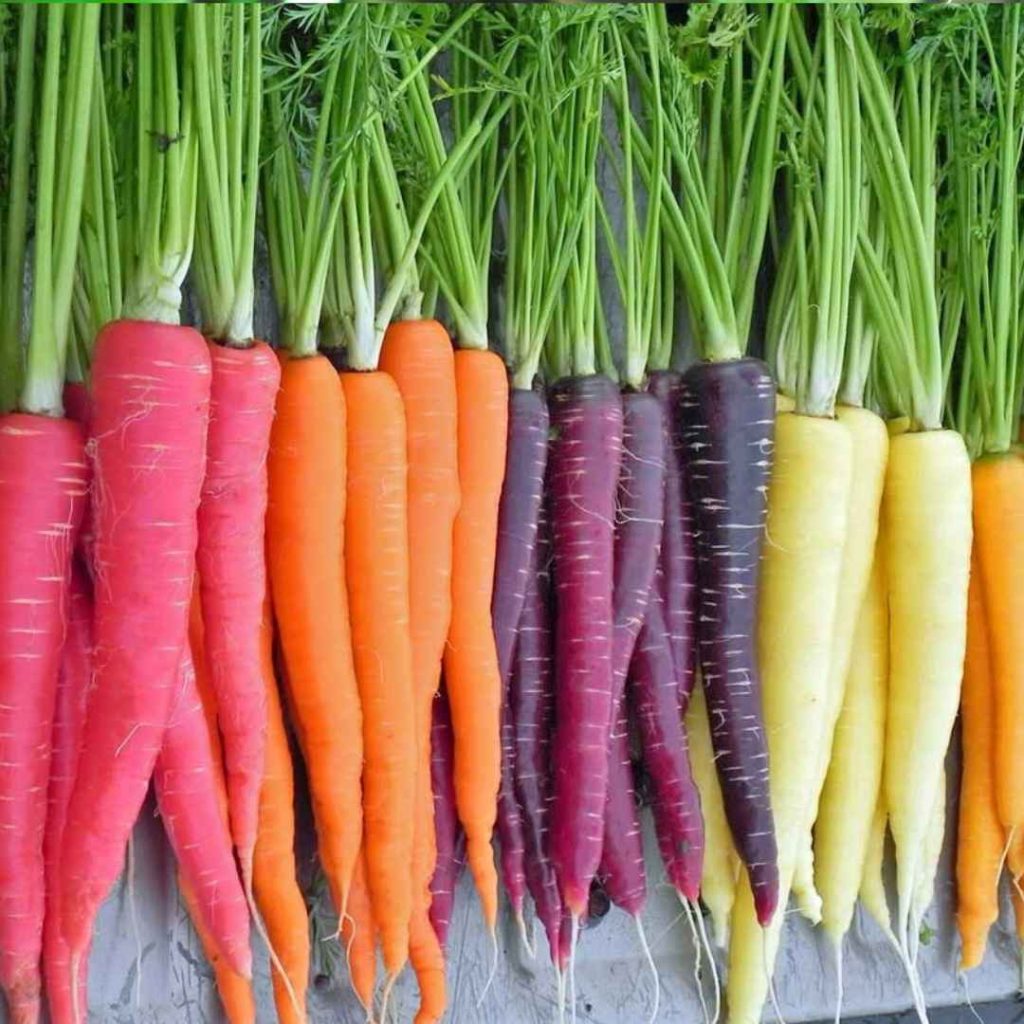
Radishes and carrots are not every one made identical. Select varieties that mature quickly: Radishes that develop quickly include White Icicle ( twenty-seven days), and Cherry Belle ( twenty-two days).
Little Finger ( fifty-five days), and Early Nantes (about sixty days) are rapid carrots. Verify the “period to maturation” on the grain’s packaging at all times.
3. Soil Treatment:

Make sure to thoroughly treat the surface for planting. Sloppy soil with adequate drainage is essential for root vegetable cultivation. Eliminate any pebbles or clusters, soften the top between six and eight inches, add composting material (not recent excrement), and if the soil is hefty, Add sandy soil.
4. Plant seedlings Straight Away:
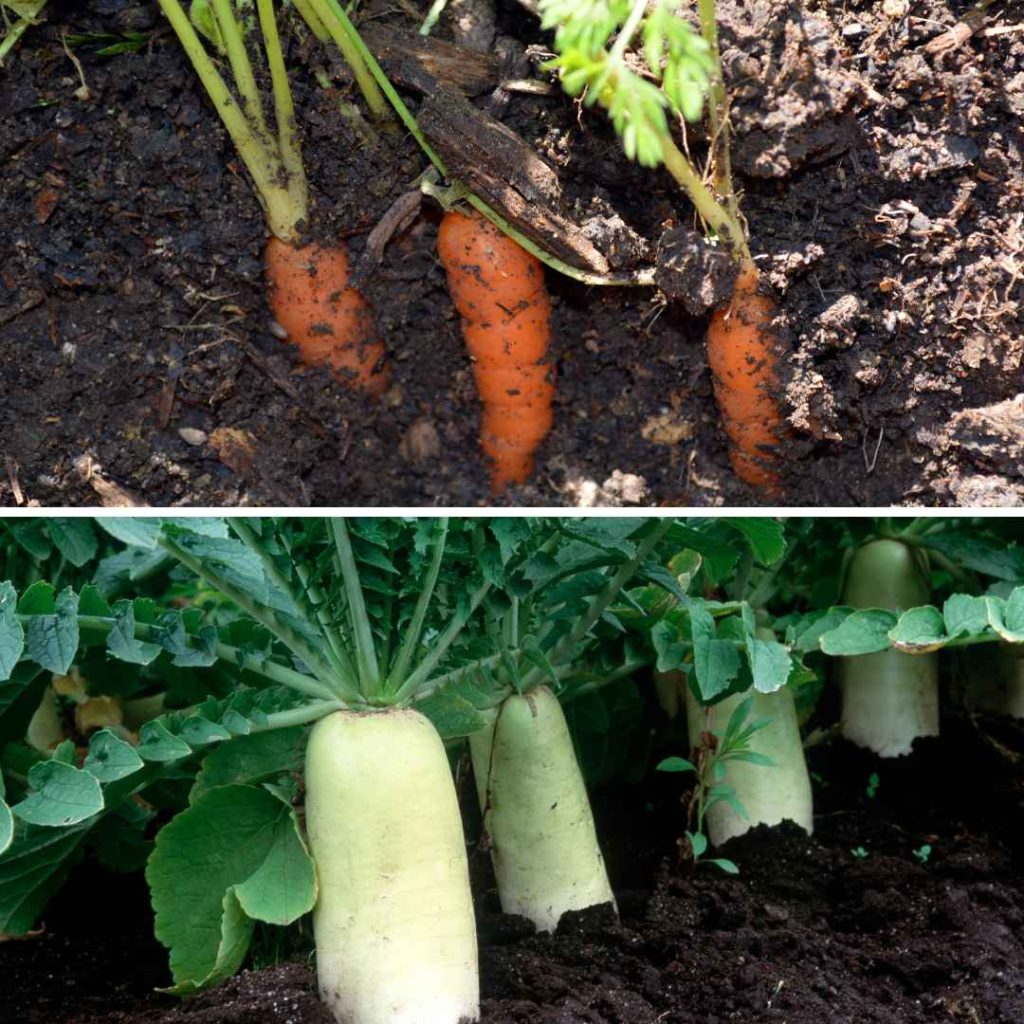
Radishes: plant about 1″ spacing and one-half” deep. Scatter carrot seeds sparingly and encompass with a very thin covering of soil (about one-fourth”). Until sprouting, water sparingly while maintaining the soil above ground damp (about three to seven days for radishes; seven to ten days for carrots).
5. Giving Them Abundant sunlight:
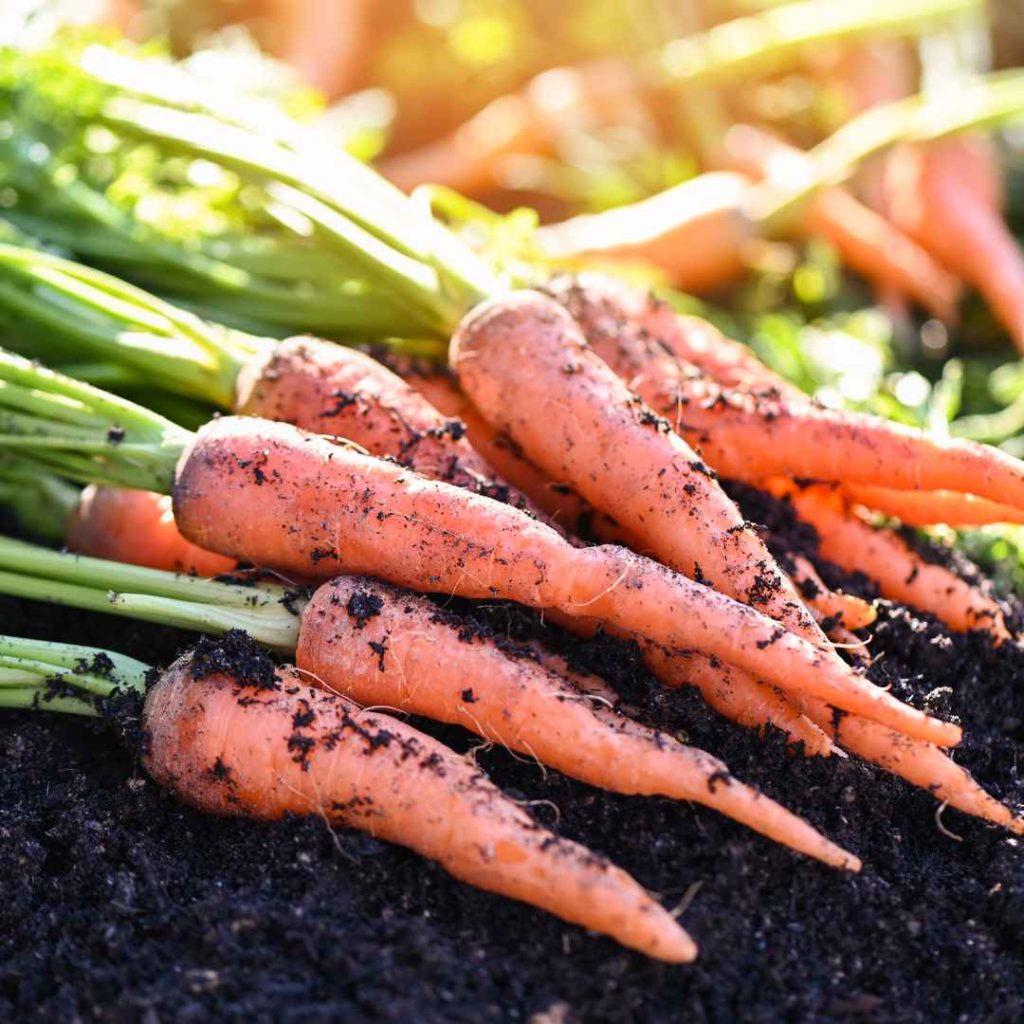
Try to get six to eight hours of sunshine each day. Select the area in your yard or terrace that receives the most sunlight if autumn’s hours are brief.
6. Don’t Forget To Thin Them Out:
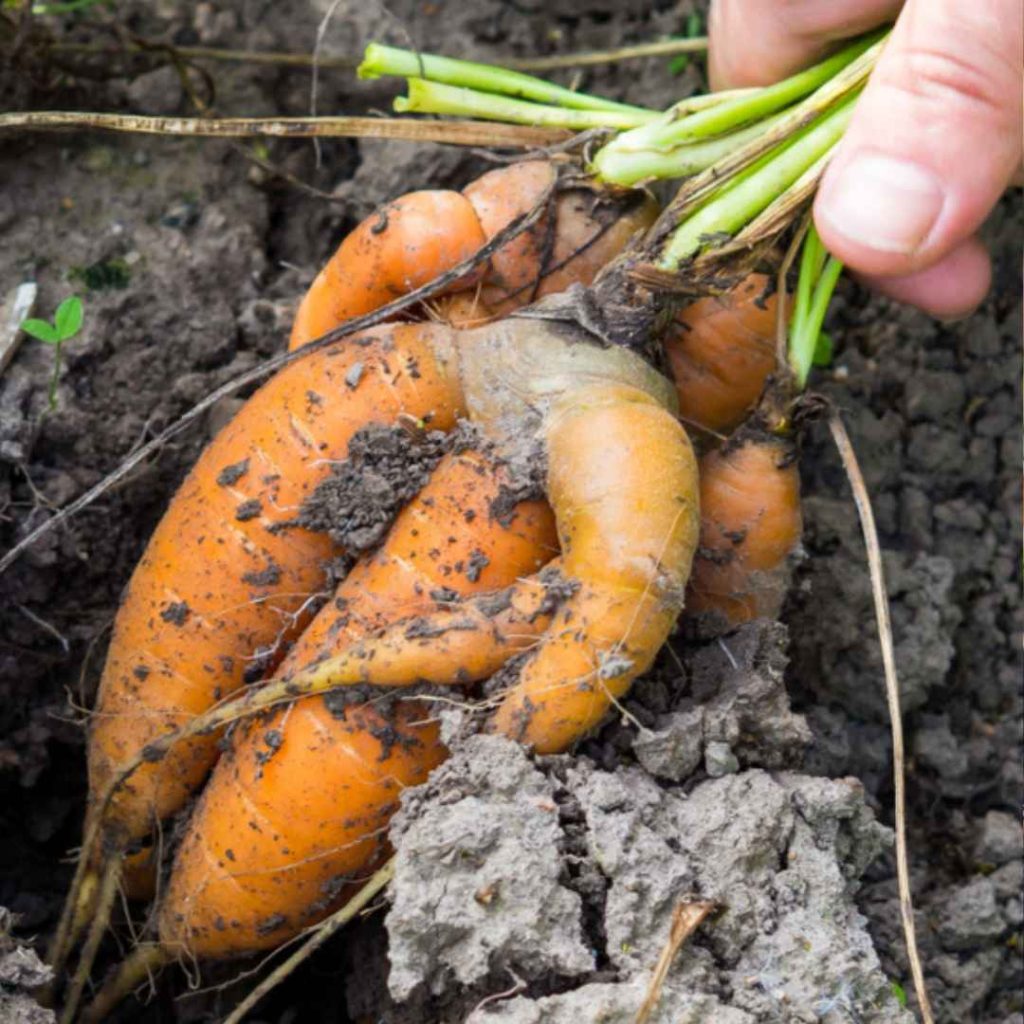
After the young plants are around 2 inches high, trim the radishes to a 2-inch spacing. Slice carrots approximately two to three inches wide. Paused and undeveloped roots are the result of overloading.
7. Maintaining Constant Humidity:
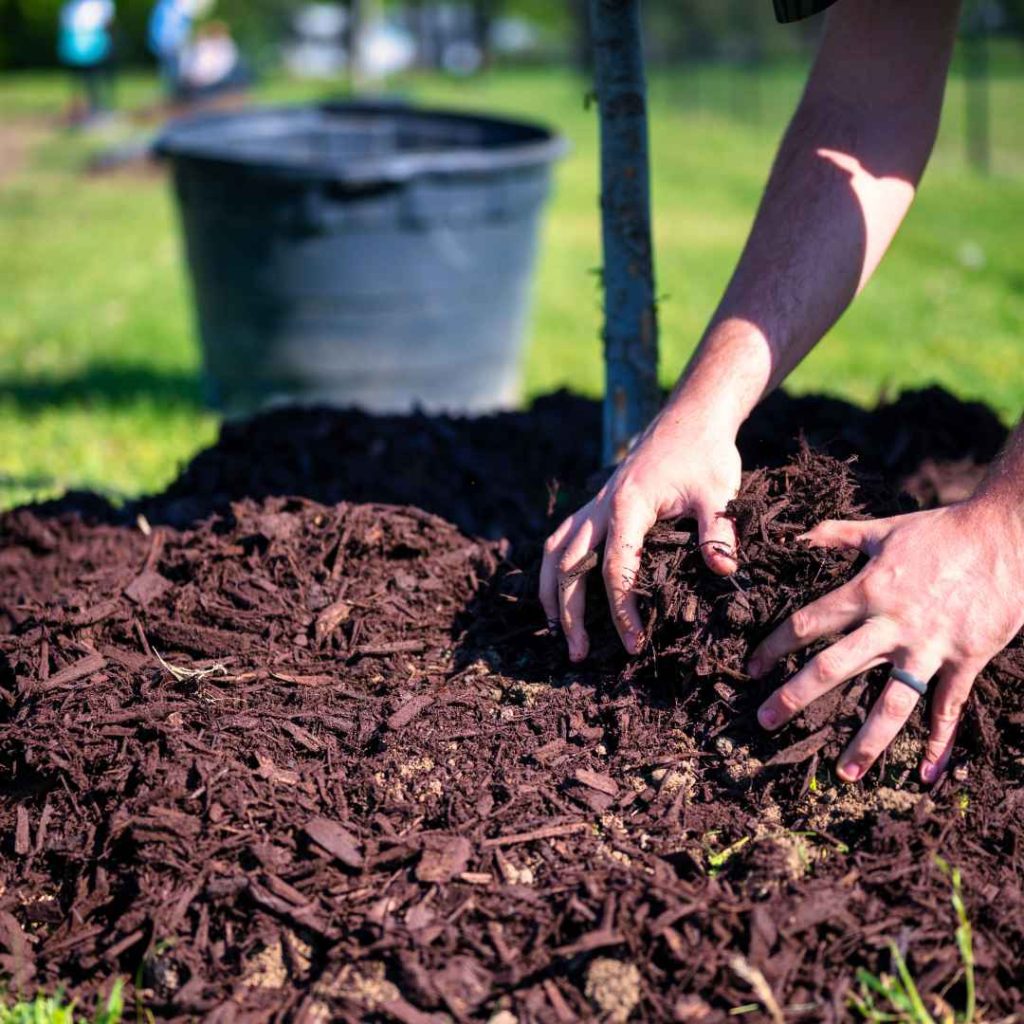
To preserve the dirt damp, water thoroughly every two to three days. To keep moisture in, gently mulch with foliage or hay.
8. Stimulate Development With Fertilizer:
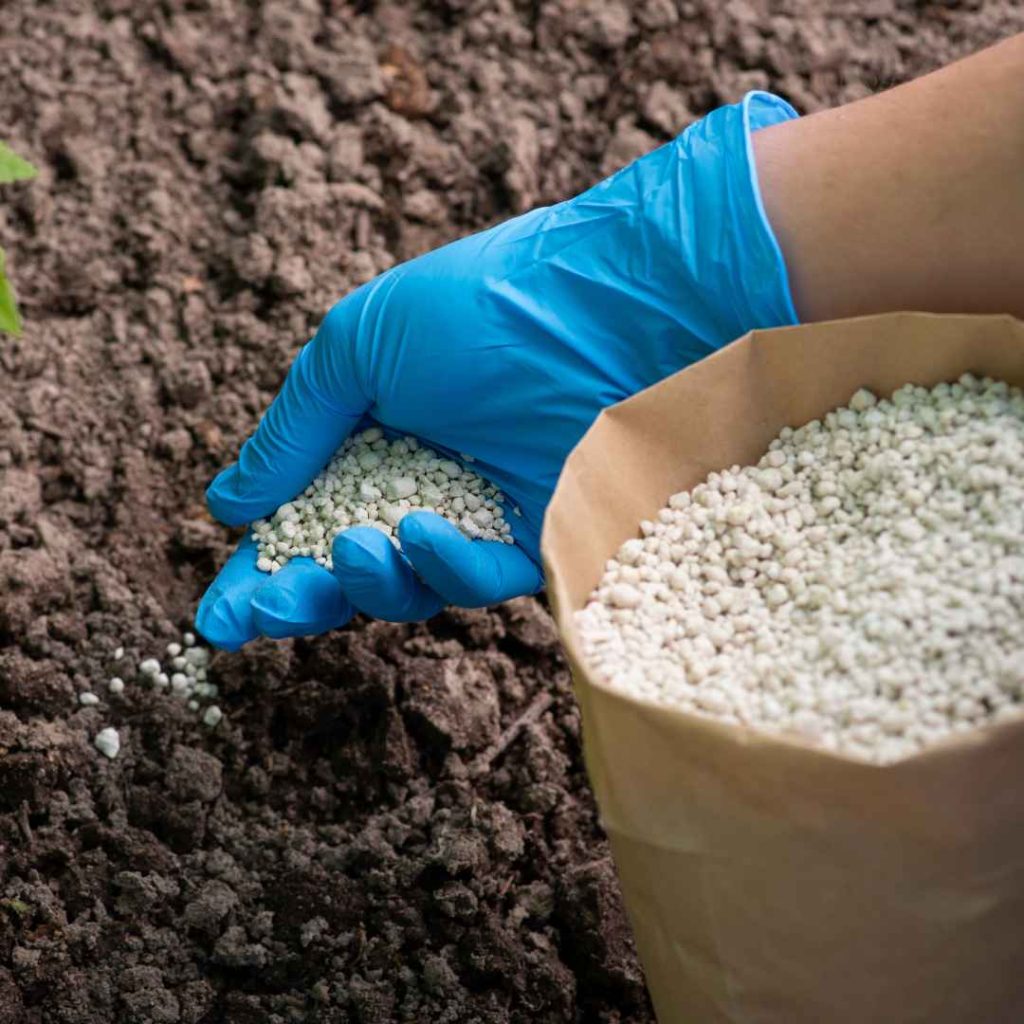
Utilize an equal amount of biological fertilizer that is heavy in potassium as well as phosphorus to stimulate your plants. Don’t overestimate it, though. When establishing, I frequently work with wood ashes or cartilage meal to promote growth of root systems.
9. Prevent From Surprising Frost:
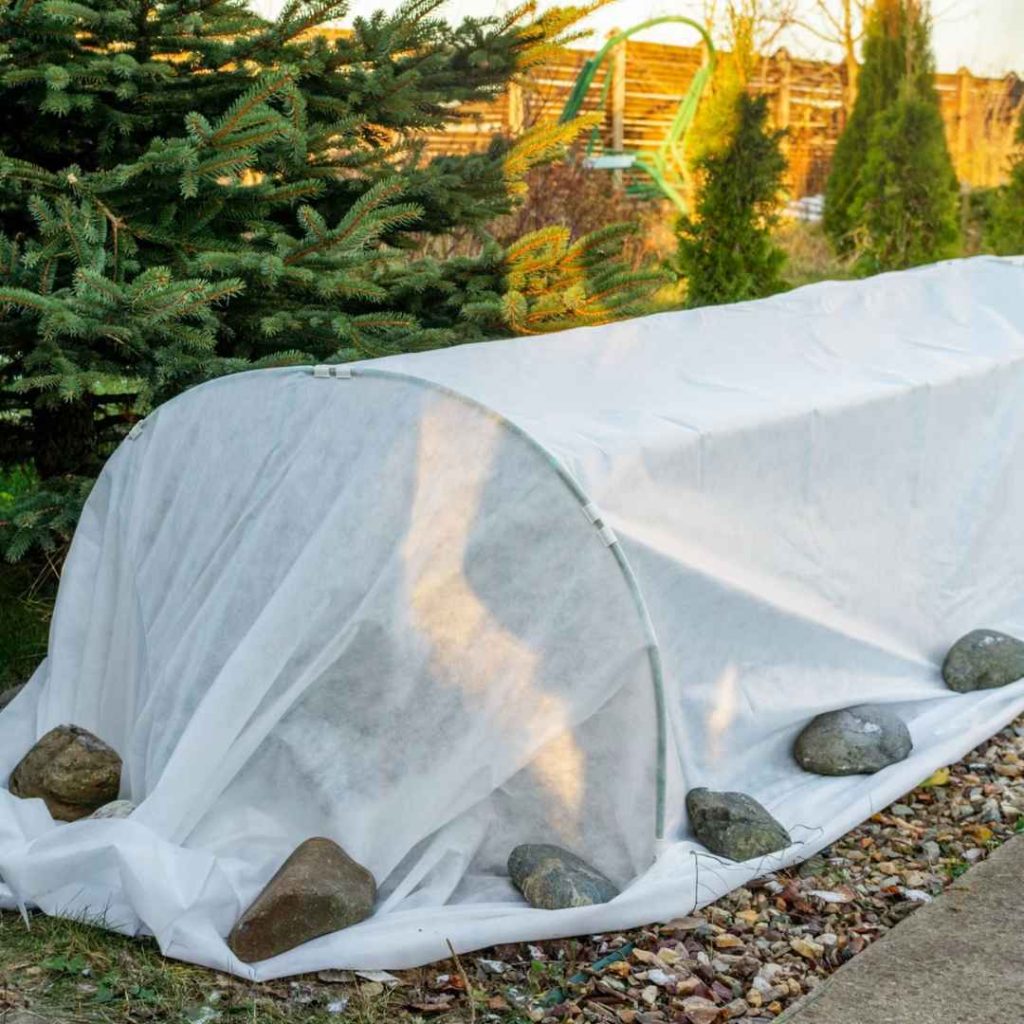
Use row coverings, plastic wrapping, or simply discarded tablecloths to keep vegetables safe nighttime if frost arrives unexpectedly. Carrots can be sweetened by mild frost, but strong freezes run the danger of destroying the roots.
10. Harvesting Astutely And Promptly:
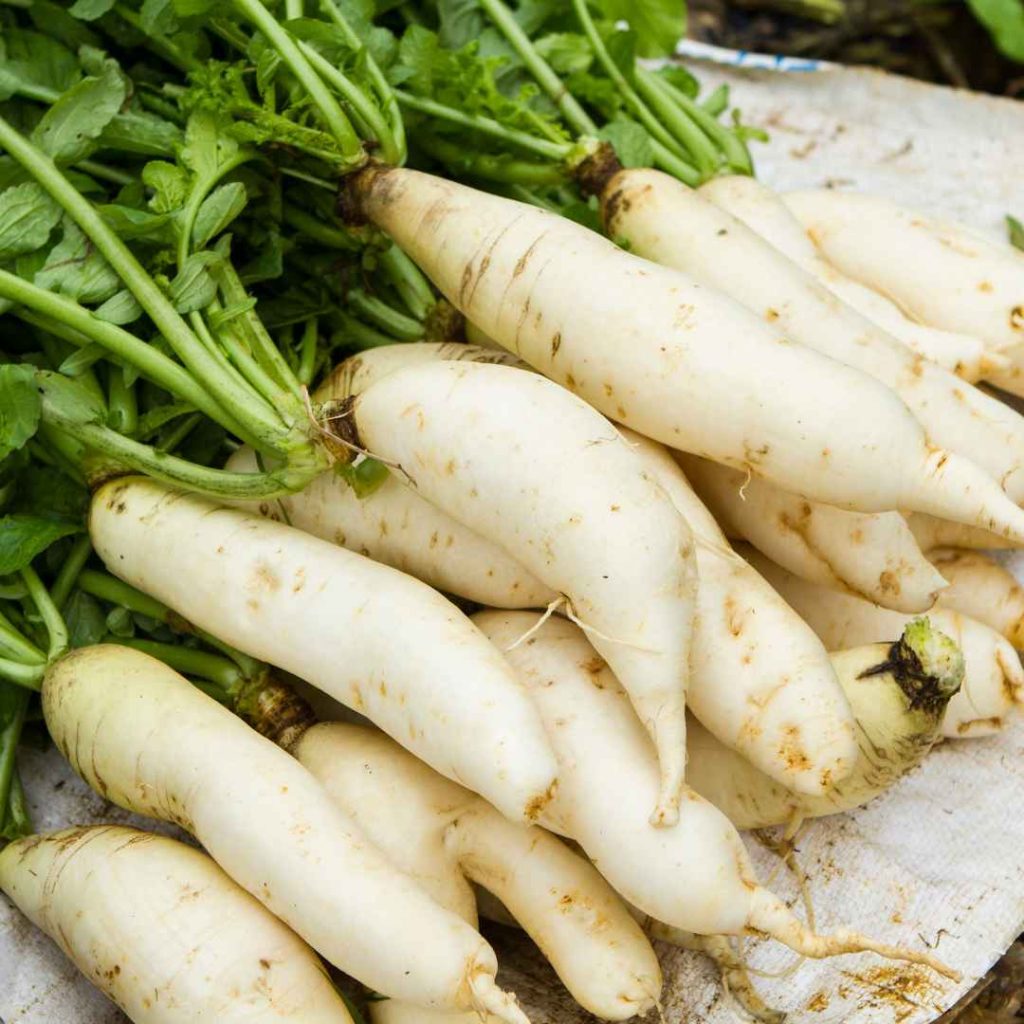
Radishes bloom quickly; examine them three weeks later. Collect if the root tip is visible and about one inch broad. In an emergency, carrots can be pulled like young carrots; moisten the substrate before plucking to prevent breaking.
Additional Information:
To hasten the germinating process, soaking up carrot seeds for several hours. Planting carrots and radishes together because the radishes loosen up the substrate and create space for the carrots. If the earth’s surface soil is hardened or inadequate, utilize elevated beds or vessels.
Conclusion:
Fortunately it can be nerve-racking to monitor the year pass and race the frost. You can enjoy the crunchy texture of a newly plucked carrot or radish just before the colder months arrive if you choose the correct types and prepare the ground.
Being victorious gradually has a very fulfilling quality. So prepare the location, gather the necessary materials, and start excavating. Even though time is running out, you still need to expand.
